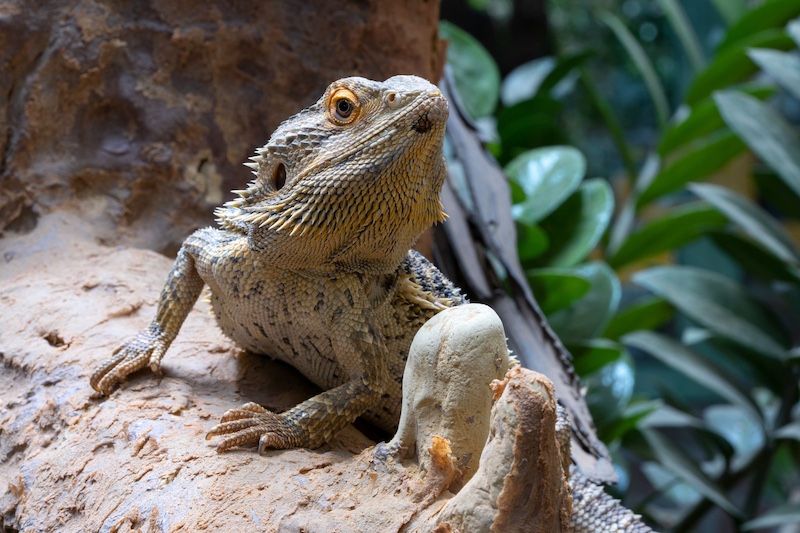If you’re thinking about diving into the world of reptiles, you’re in for a fascinating experience. Reptiles can make unique and rewarding pets, but choosing the right species for beginners is crucial to ensure a successful and enjoyable experience. Here are ten of the best reptiles for those just starting out.
1. Leopard Gecko
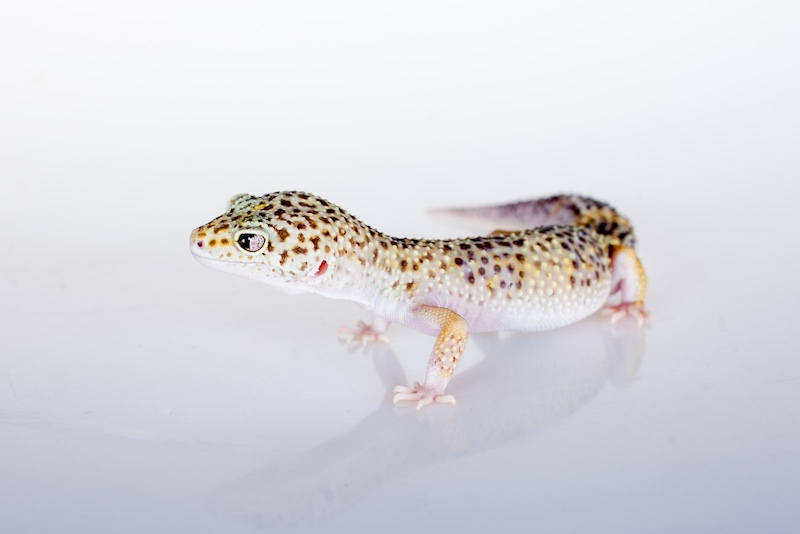
Leopard geckos are one of the most popular beginner reptiles. They are hardy, require minimal care, and are generally very docile. Their easy-to-maintain habitat consists of a simple setup with a heat source, a hiding spot, and a shallow water dish. They are also available in a variety of beautiful color morphs, making them a visually appealing choice.
2. Bearded Dragon
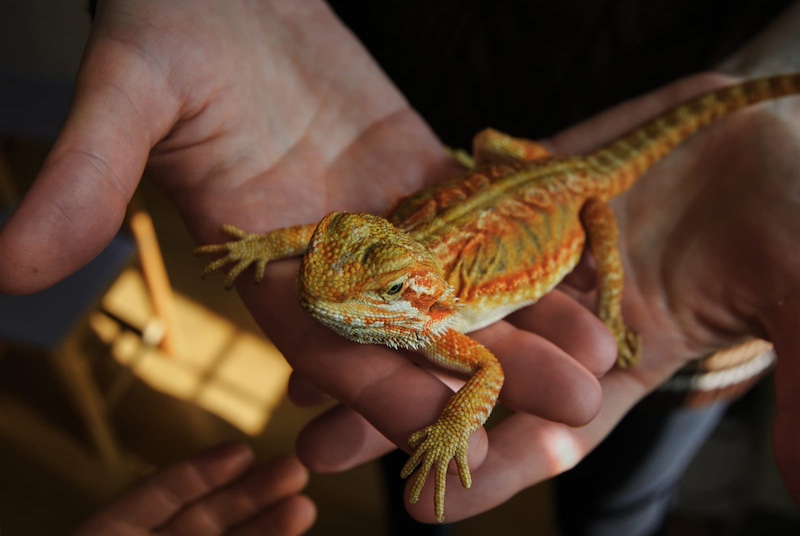
Bearded dragons are another excellent option for beginners. They are friendly and interactive, often enjoying time out of their enclosure to explore. Their diet includes a mix of vegetables, fruits, and insects, and their habitat setup involves a basking spot, UVB lighting, and a substrate like reptile carpet or sand. They are relatively low-maintenance and can grow quite large, so their enclosure will need to be appropriately sized.
3. Corn Snake
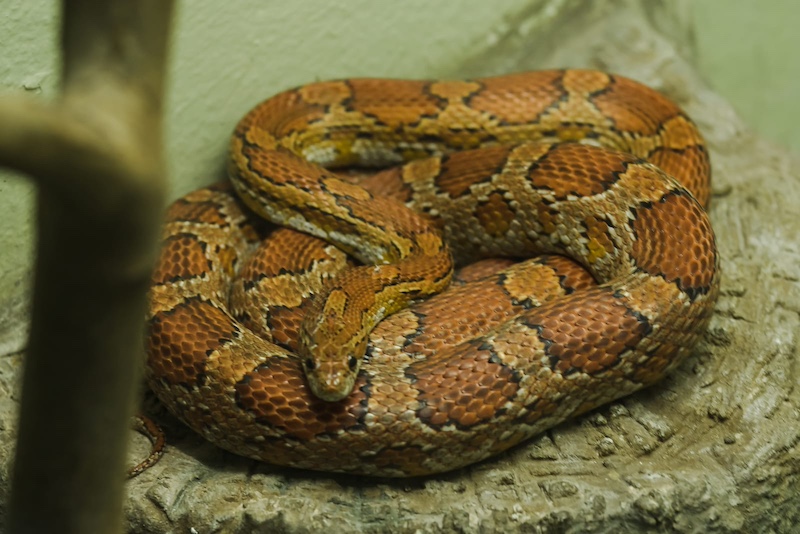
Corn snakes are known for their calm temperament and vibrant coloration. They are non-venomous and grow to a manageable size, making them ideal for beginners. Their care involves a simple setup with a secure enclosure, proper heating, and humidity control. Corn snakes feed on mice or rats and can be handled regularly once they are accustomed to it.
4. Ball Python
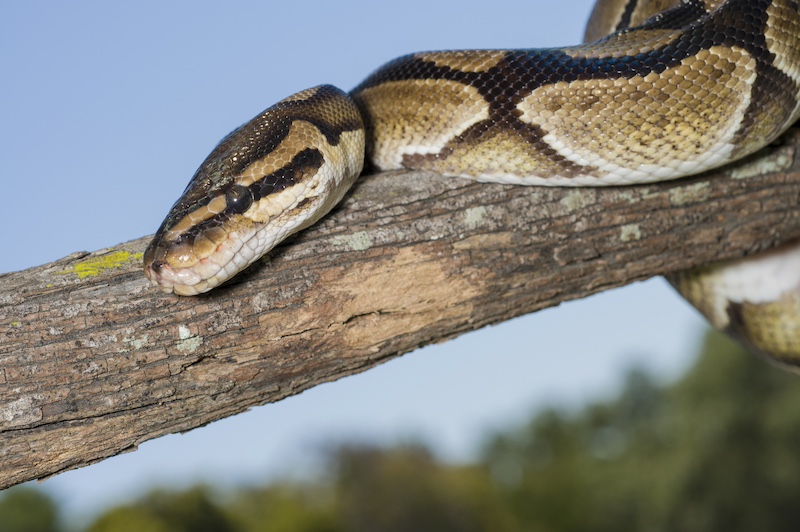
Ball pythons are a favorite among new reptile owners due to their gentle nature and manageable size. They are relatively low-maintenance and require a secure enclosure with a heat source and hiding spots. Ball pythons have a varied diet of mice or rats, and their calm demeanor makes them a great choice for those new to snake-keeping.
5. Crested Gecko
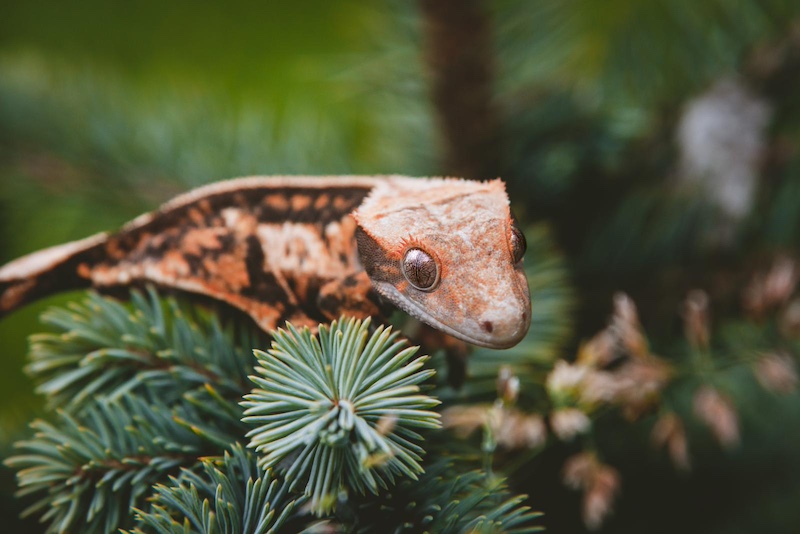
Crested geckos are known for their unique appearance and ease of care. They are arboreal, meaning they enjoy climbing, so their habitat should include vertical space and plenty of hiding spots. They are primarily fruit-eaters, but also need insects occasionally. Crested geckos are very tolerant of handling and can be quite interactive.
6. Russian Tortoise
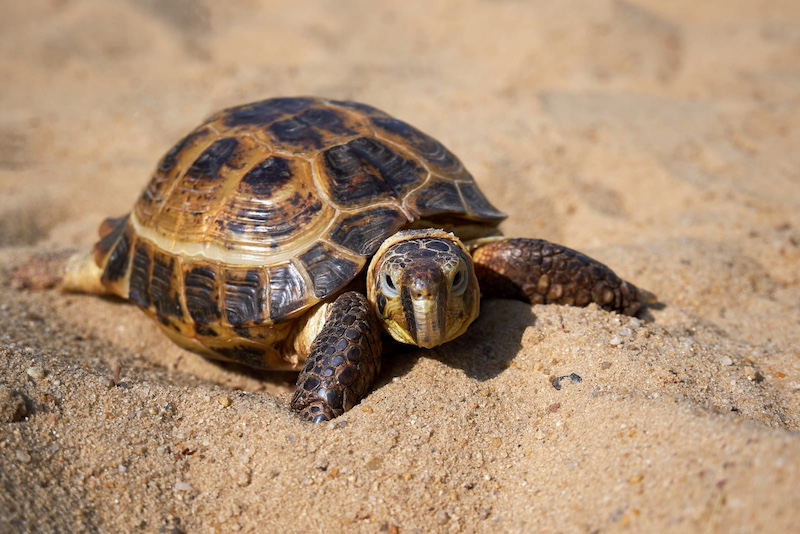
Russian tortoises are a great choice for those interested in a terrestrial reptile. They have a relatively small size, making them suitable for a home environment. Their diet primarily consists of leafy greens and vegetables, and they require a habitat with a warm basking area and a cool, shaded spot. Russian tortoises are hardy and can live for several decades with proper care.
7. Blue-Tongue Skink
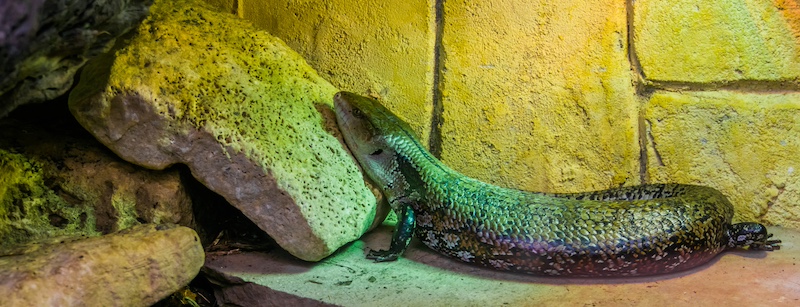
Blue-tongue skinks are friendly and relatively easy to care for. They are named for their distinctive blue tongue, which they display when threatened. They require a spacious enclosure with both a hot and a cool side, as well as UVB lighting. Their diet includes a mix of vegetables, fruits, and protein sources like insects.
8. Uromastyx
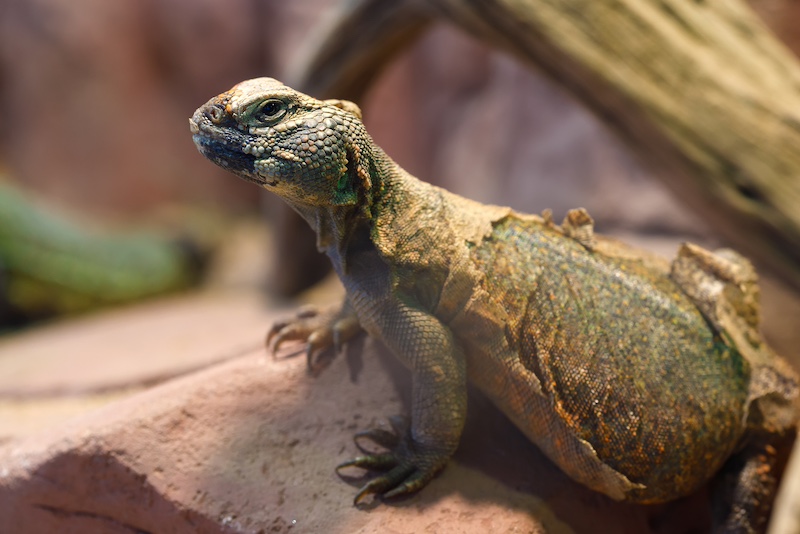
Uromastyx lizards are hardy and can be quite interactive once accustomed to handling. They are herbivorous, feeding mainly on vegetables and leafy greens. Their habitat should include a basking area and a substrate suitable for digging. Uromastyx lizards are known for their unique appearance and can be a great addition to a reptile collection.
9. House Gecko
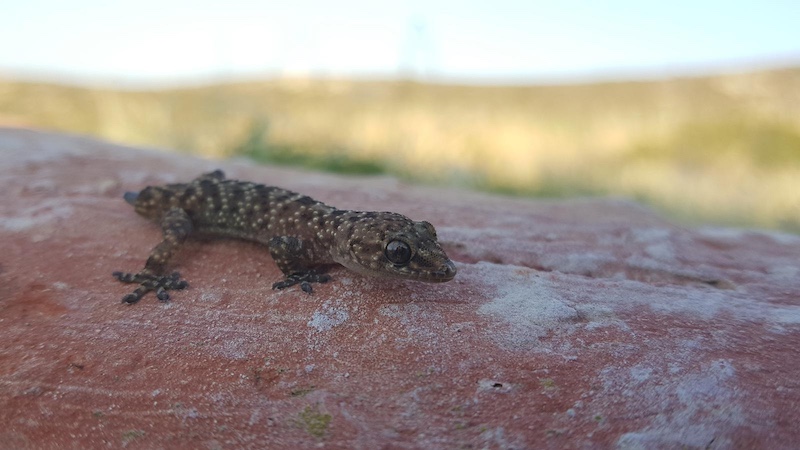
House geckos are small and easy to care for, making them suitable for beginners. They are insectivores, so their diet consists of small insects like crickets. Their habitat needs include a warm, humid environment with plenty of hiding spots. They are generally nocturnal and can be quite active at night.
10. Green Anole
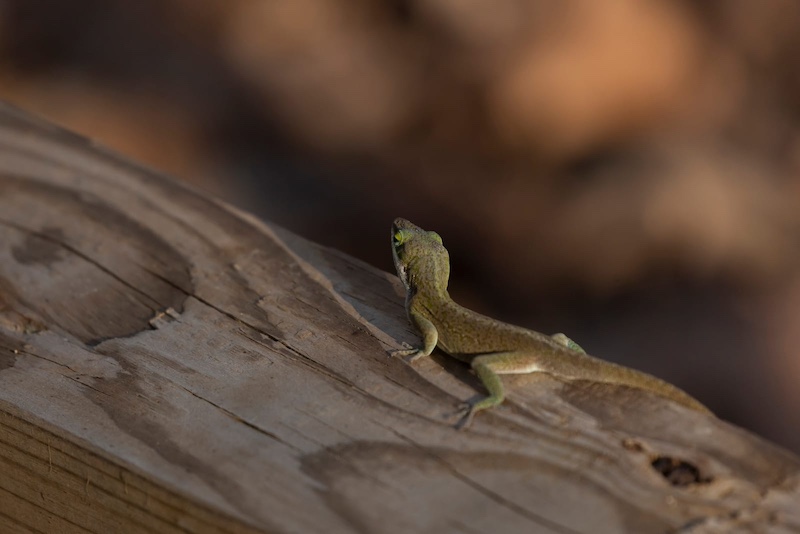
Green anoles are small, colorful lizards that are relatively low-maintenance. They thrive in a well-planted enclosure with plenty of climbing opportunities and a warm, humid environment. Their diet includes small insects and occasional fruit. Green anoles are known for their ability to change color and are quite active and entertaining. Please Note: This content was created with the assistance of AI and thoroughly edited by a human before publishing.

